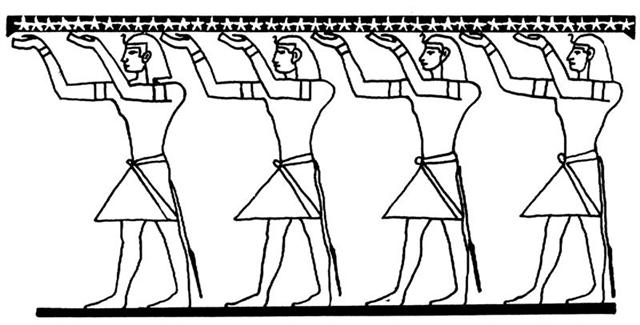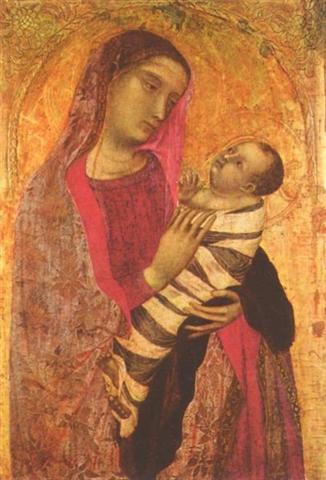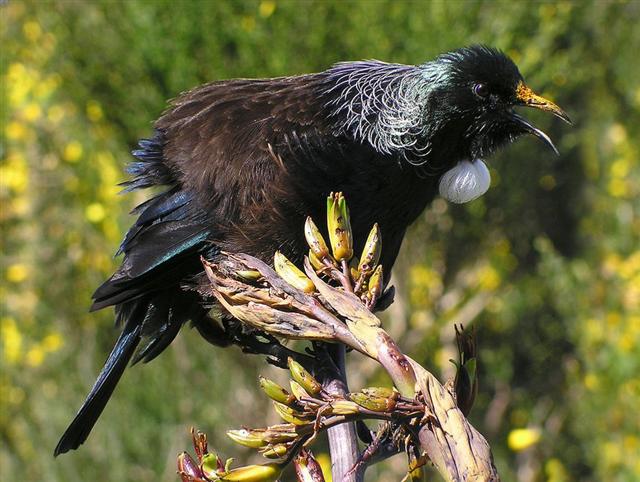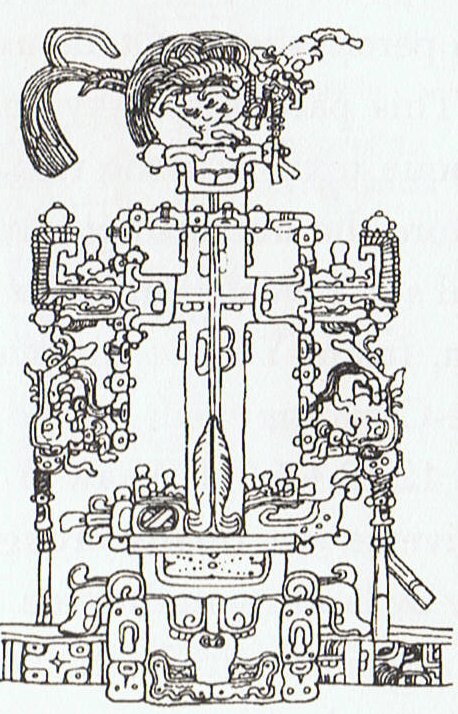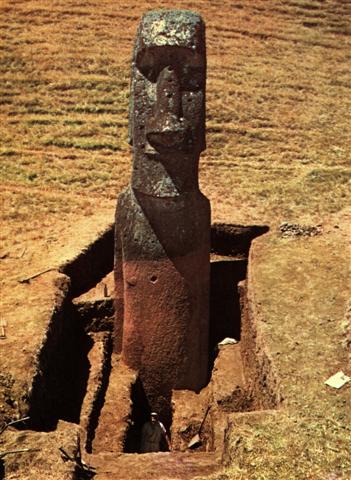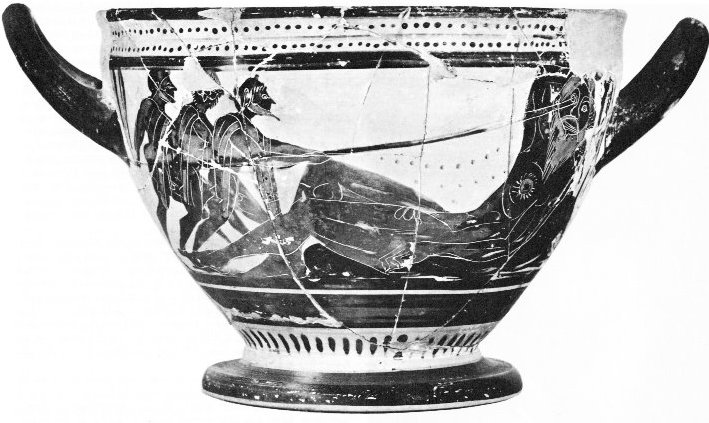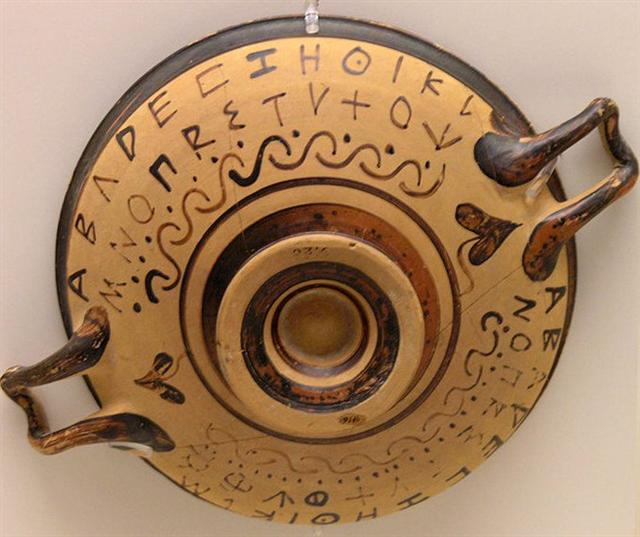152. Once again:
When in the Golden Age of the Bull the Sun reached the northern summer solstice the Sky Rising part of the year was in the past, i.e. to the left in the figure of the person illustrated in glyph Ga4-9 (→ 36 → 236 - 36 → 263 - 227):
... 236 (Moon) + 263 (Venus) = 499 ... Notably the Raven, who was ascending in day 236 (= 8 * 29½) in Roman times ('August 24), had moved ahead due to the precession with 27 days to 'a clean cup' in day 263 at the time of rongorongo ...
The elbow ornament at left in the person with his arms held high (in Ga4-9) is similar to how the ancient Egyptians depicted the sky up above:
At front in Ga4-9 was another type of arm, not pointed like a spur (male) but softly rounded as if pregnant with child (female).
In between was the central limb - the Neck - raised high. ... There is a couple residing in one place named Kui and Fakataka [meaning Creating a Cycle]. After the couple stay together for a while Fakataka is pregnant. So they go away because they wish to go to another place - they go. The canoe goes and goes, the wind roars, the sea churns, the canoe sinks. Kui expires while Fakataka swims. Fakataka swims and swims, reaching another land. She goes there and stays on the upraised reef in the freshwater pools on the reef, and there delivers her child, a boy child. She gives him the name Taetagaloa [meaning Not Tagaroa]. When the baby is born a Golden Plover flies over and a-lights upon the reef. (Kua fanau lā te pepe kae lele mai te tuli oi tū mai i te papa). And so the woman thus names various parts of the child beginning with the name 'the plover' (tuli): neck (tuliulu), elbow (tulilima), knee (tulivae) ... ...Broken is your neck, oh Oto Uta, oh king! / Floating (?) like a raft (?) out at sea. / To be erected for the drifting huehue (fish) out at sea. / Able (?) to put an end to the flight of the flying fish hahave; / Able (?) to put and end to the flight of the flying fish ngu; / Put an end to this fish, a dorado, with the good face! [E:87-90] ... ... Know you not that there are two odd feathers in a bird's tail? Likewise there are two odd months in the year.' The grateful tribe of Rua-roa adopted Whare's advice and found the sweet potato crop greatly improved as the result ... The Maori further accounted for the twelve months by calling attention to the fact that there are twelve feathers in the tail of the huia bird and twelve in the choker or bunch of white feathers which adorns the neck of the parson bird ...
... Most of the people in our van took advantage of the interlude to shop at the nearby stalls set up by highland Maya who had come down to Tikal to take advantage of the steady supply of tourists. However, one of our group, Harriet Gillett, a retired physician and an inveterate bird-watcher, had other interests. She noticed a nearby tree hevy with white blossoms and surrounded by a raucous sphere of birds and bees. She climbed out of the van with her binoculars around her neck, and walked over to take advantage of the unexpected opportunity the morning had provided. Our local guide, Francisco Florián, who knew the forest and its creatures in an unusually intimate way, joined her, explaining that the birds came to the tree only early in the morning. The sounds and the odd sight finally drew my attention and I too disembarked from the van and edged closer to the buzzing center of the action. I stared at the screaming birds as they fought for positions among the flowers and the hovering drone of thousands of bees. How beautiful, I thought, and then my gaze happened to settle on the trunk of the tree. It had thorns and it bulged just above the ground. It was a young ceiba tree ...
... In many Polynesian cultures the bodies of gods were conceived of as covered with feathers and they were frequently associated with birds: in Tahiti and the Society Islands, bird calls on the marae signaled the presence of the gods. Hawaiian feathered god figures generally depict only the head and neck of the god ...
... Next came the finely carved towering ornaments for a reimua (neck-in-front, the figurehead) and a rei muri (neck-behind, stern ornament), which were fastened on to their respective places, and they were named Rei-fa'aapiapi-fare (Necks-filling-up-the-house), because the shed was broken away to allow placing them and finishing the canoe ...
... Métraux quotes a Rapa Nui legend in which carvers from Hotu Iti (eastern sector) journeyed to the western sector to seek the advice of a master carver. They were perplexed about how to resolve the difficult problem of carving the statue neck. He advised them to seek the answer by viewing their own bodies. They did so, and discovered that the model for the statue neck was the penis (ure) ...
... Two were eaten that night for dinner, two the next morning for breakfast, and two the following night. (Six gone.) But the companions meanwhile had prepared a prodigous stake with which to bore out the Cyclops' single eye; and when clever Odysseus, declaring his own name to be Noman, approached and offered the giant a skin of wine, Polyphemus, having drunk his fill, 'lay back', as we read, 'with his great neck bent round, and sleep that conquers all men overcame him.' Wine and fragments of the men's flesh he had just eaten issued forth from his mouth, and he vomited heavy with drink ...
|
||||||||||||||||||||||||||||||||||||||||||||||||||||||||||||||||||||||||||||||||||||


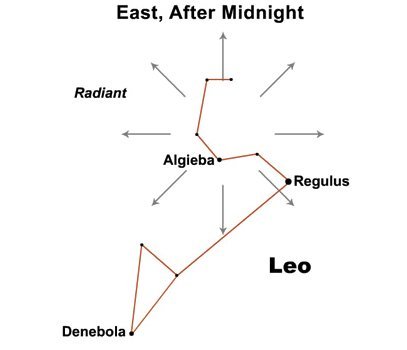




.jpg)
